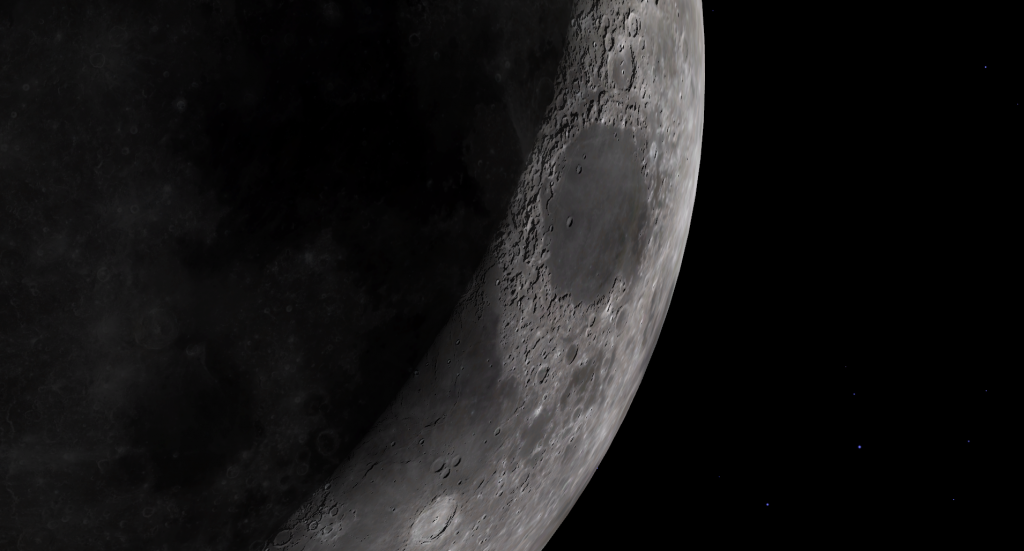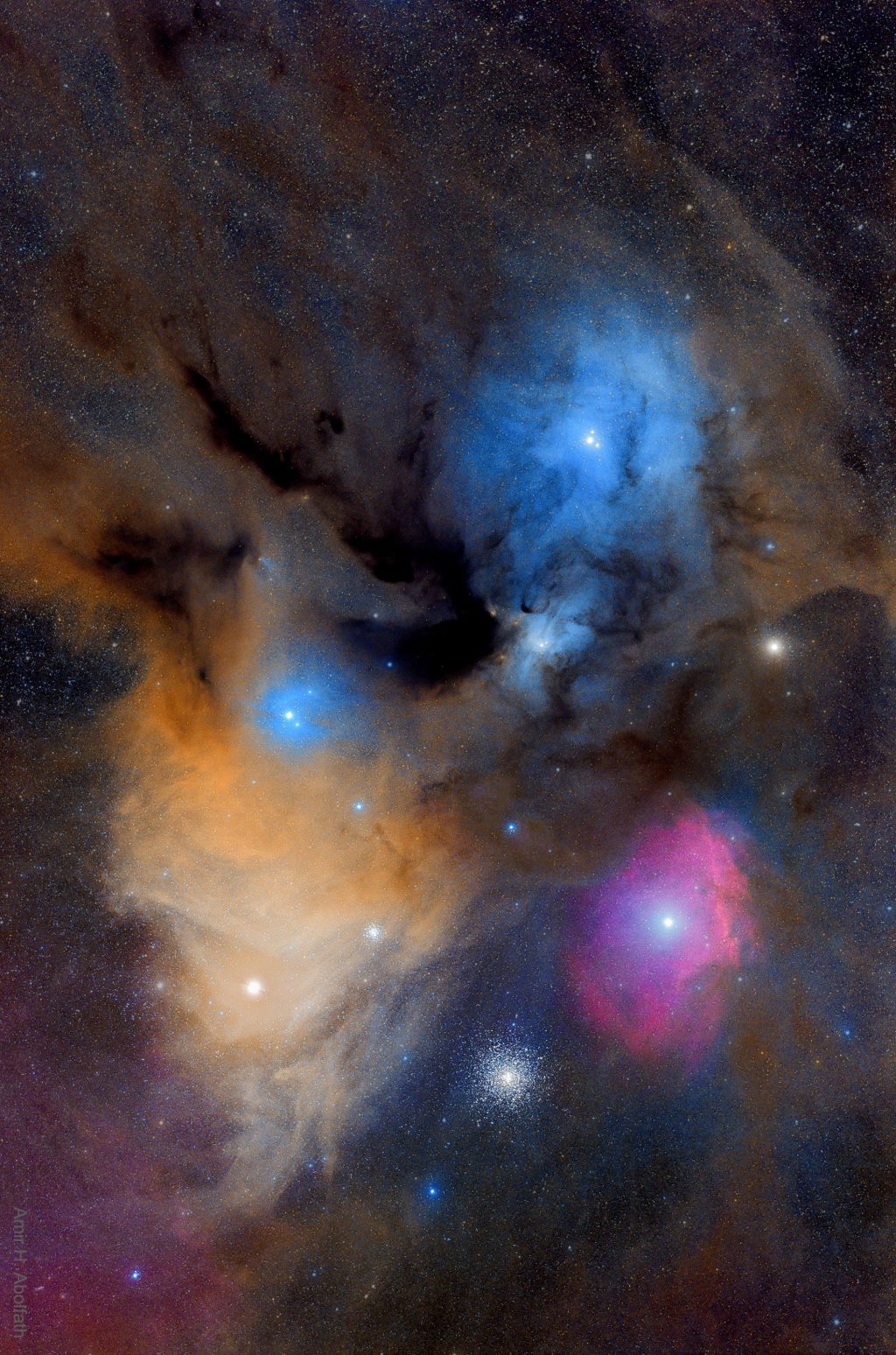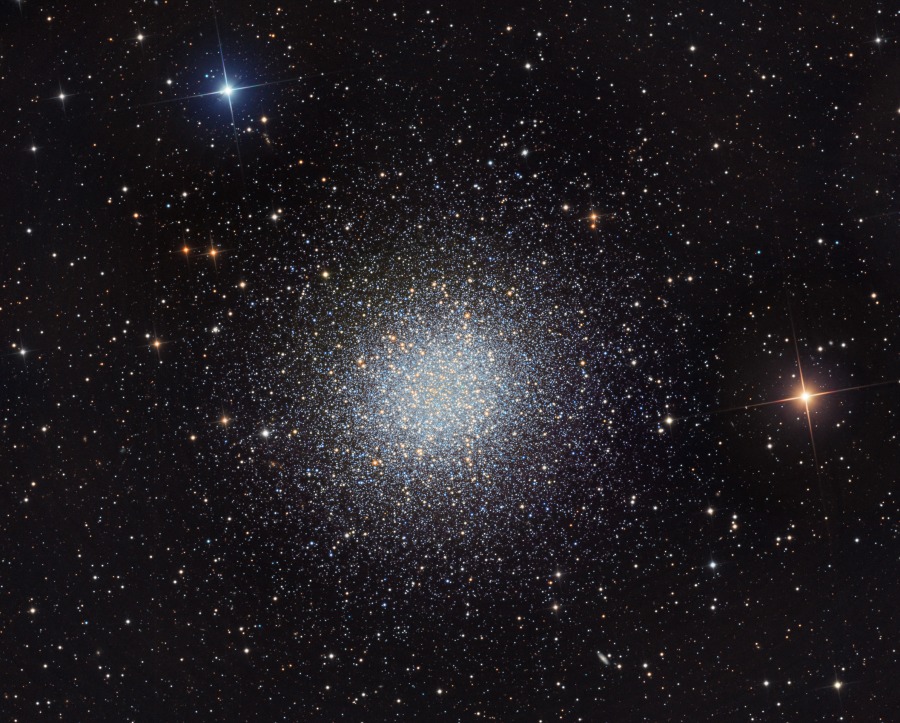Planets Precede Sunrise, Wishing Stars Outshine the Strawberry Moon and Solstice Signals Summer!
When the moon is full, and within hours on either side of that phase, there are no shadows cast anywhere. All of the variations we see are due to changes in the moon’s geology. This image by Michael nicely shows the numerous rays systems emanating from the younger craters, the various types of dark basalt…
Read more



